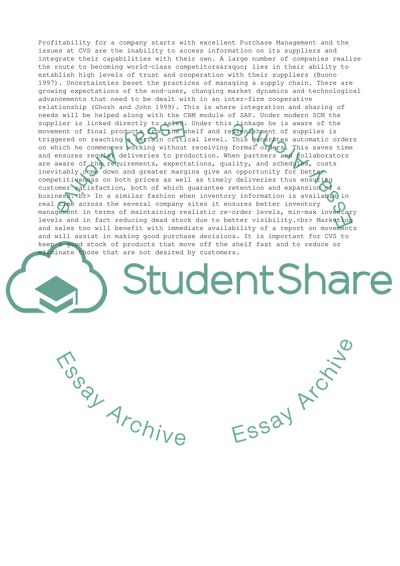Cite this document
(Enterprise Resource Planning Proposal for CVS Caremark Case Study, n.d.)
Enterprise Resource Planning Proposal for CVS Caremark Case Study. Retrieved from https://studentshare.org/business/1549515-enterprise-resource-planning-proposal-for-cvs-caremark-httpwwwcvscaremarkcom
Enterprise Resource Planning Proposal for CVS Caremark Case Study. Retrieved from https://studentshare.org/business/1549515-enterprise-resource-planning-proposal-for-cvs-caremark-httpwwwcvscaremarkcom
(Enterprise Resource Planning Proposal for CVS Caremark Case Study)
Enterprise Resource Planning Proposal for CVS Caremark Case Study. https://studentshare.org/business/1549515-enterprise-resource-planning-proposal-for-cvs-caremark-httpwwwcvscaremarkcom.
Enterprise Resource Planning Proposal for CVS Caremark Case Study. https://studentshare.org/business/1549515-enterprise-resource-planning-proposal-for-cvs-caremark-httpwwwcvscaremarkcom.
“Enterprise Resource Planning Proposal for CVS Caremark Case Study”, n.d. https://studentshare.org/business/1549515-enterprise-resource-planning-proposal-for-cvs-caremark-httpwwwcvscaremarkcom.


